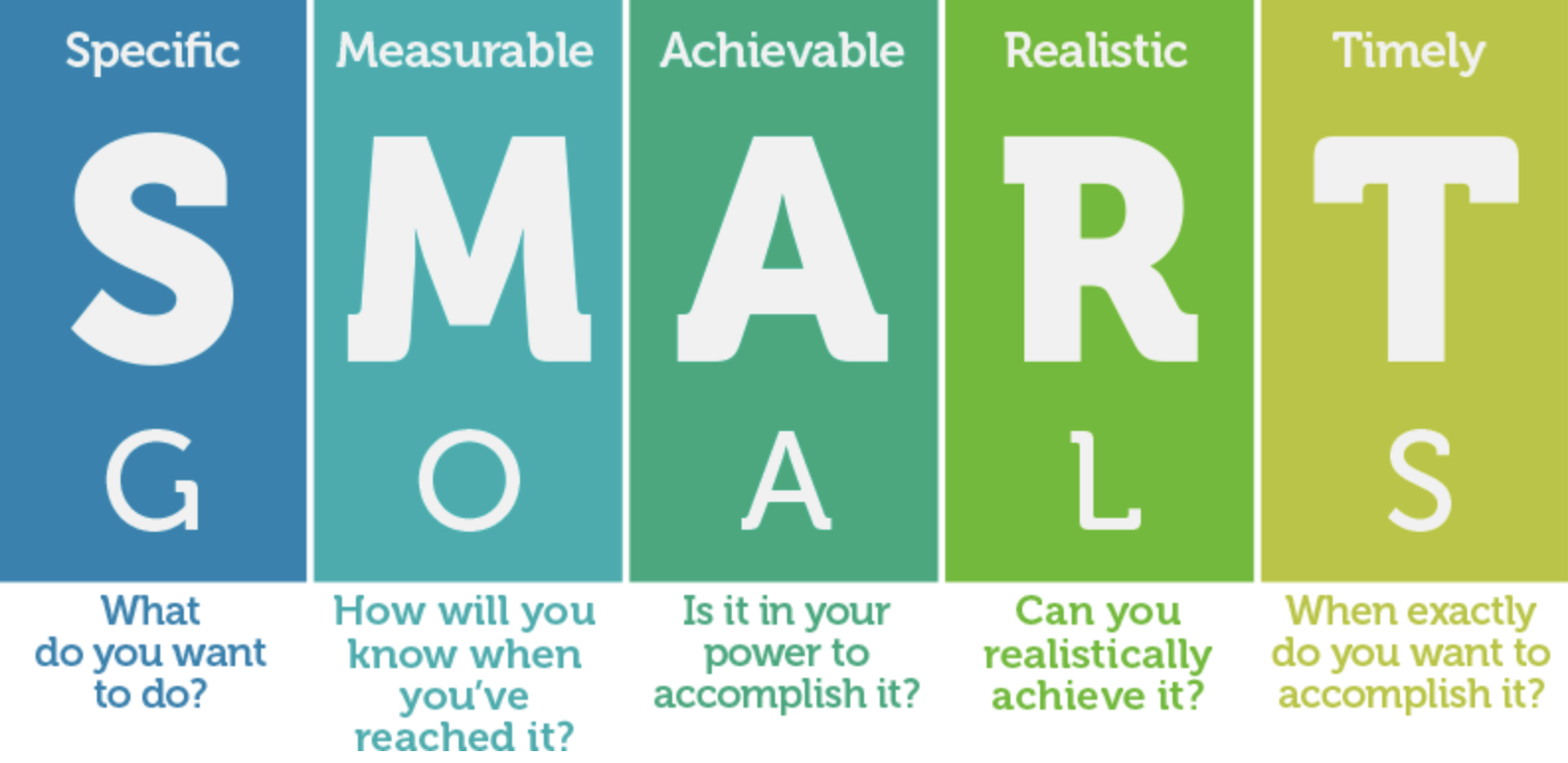
The year is halfway over, and it's a great time to take stock of your progress. Have you been working towards your fitness goals? If so, how are you doing? If not, don't worry, you're not alone. Many people start off strong, but then they lose momentum and their progress stalls.
The good news is that it's not too late to get back on track. In fact, now is the perfect time to review your progress and make a plan for the next six months.
How are you doing?
The first step is to assess your current situation. How much weight have you lost? Have you made any changes to your diet or exercise routine? Are you feeling better overall?
If you're not sure how you're doing, it can be helpful to track your progress. You can use a fitness tracker, a journal, or even just a simple spreadsheet to track your weight, body fat percentage, and other metrics.
Are you trending in the right direction?
Even if your progress has been slow, as long as you're trending in the right direction, you're on the right track. The average American gains about 1 to 2 pounds of fat per year. So, if you're losing even a small amount of weight, you're ahead of the game.
Are you making better food choices?
Another important factor to consider is your diet. Are you making better food choices than you were six months ago? If so, you're more likely to continue losing weight and improving your overall health.
Are you getting enough sleep?
Sleep is also essential for weight loss. When you're sleep-deprived, your body produces more of the stress hormone cortisol, which can lead to weight gain. So, make sure you're getting at least 7-8 hours of sleep per night.
Setting SMART goals
Now that you've assessed your current situation, it's time to set some goals for the next six months. Your goals should be SMART: specific, measurable, attainable, relevant, and time-bound.
For example, a SMART goal for weight loss might be to lose 10 pounds in the next six months. This goal is specific (you want to lose 10 pounds), measurable (you can track your progress on a scale), attainable (10 pounds is a realistic goal for most people), relevant (losing weight will improve your health), and time-bound (you have a specific deadline).
Tips for success
Here are a few tips for setting and achieving your weight loss goals:
Be realistic about your goals. Don't try to lose too much weight too quickly.
Make small changes that you can stick with. Don't try to overhaul your entire lifestyle overnight. Maybe try making one or two changes at a time.
Find a support system. Having friends or family members who are also trying to lose weight can help you stay motivated. Many people benefit from having a workout buddy or accountability partner. It is harder to let someone else down than it is to hit snooze.
Don't give up. There will be setbacks along the way, but don't let them discourage you. Just keep moving forward and you will eventually reach your goals.
Conclusion
The year is halfway over, but it's not too late to make a change. By reviewing your progress, setting SMART goals, and making small changes, you can reach your fitness goals and improve your health.
SMART Goal Template
Specific: What do you want to achieve?
Measurable: How will you track your progress?
Attainable: Is your goal realistic?
Relevant: Is your goal relevant to your overall health and fitness goals?
Time-bound: When do you want to achieve your goal?
Example:
Specific: I want to lose 10 pounds in the next 6 months.
Measurable: I will track my progress by weighing myself once a week.
Attainable: I have lost weight in the past, and I am confident that I can lose 10 pounds in 6 months if I stick to my plan.
Relevant: Losing weight is important to me because I want to improve my health and reduce my risk of chronic diseases.
Time-bound: I want to achieve my goal by December 31, 2023.
Once you have created your SMART goal, you can start working towards it. Here are a few tips to help you stay on track:
Break your goal down into smaller, more manageable steps. This will make it seem less daunting and more achievable. Start by breaking your goal down into three months, and then into months.
Set realistic deadlines for each step. This will help you stay motivated and on track.
Track your progress regularly. This will help you see how you are doing and make adjustments as needed.
Reward yourself for your progress. This will help you stay motivated and on track.
I hope this template helps you set and achieve your SMART goals!
